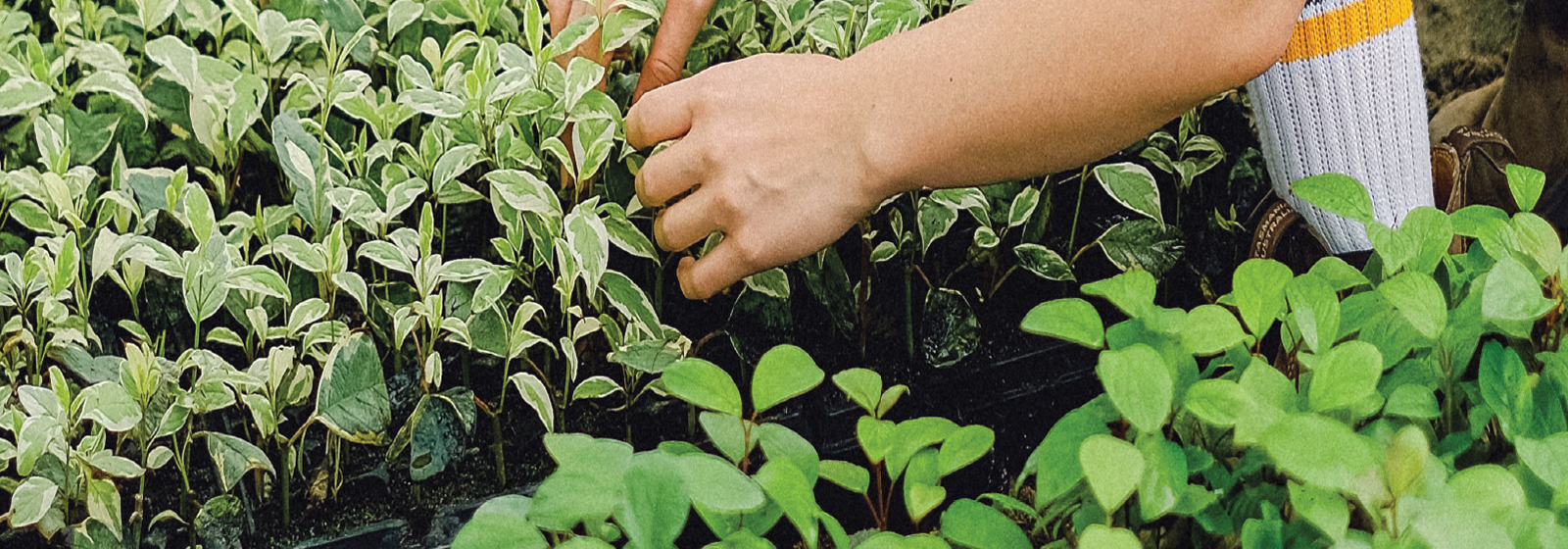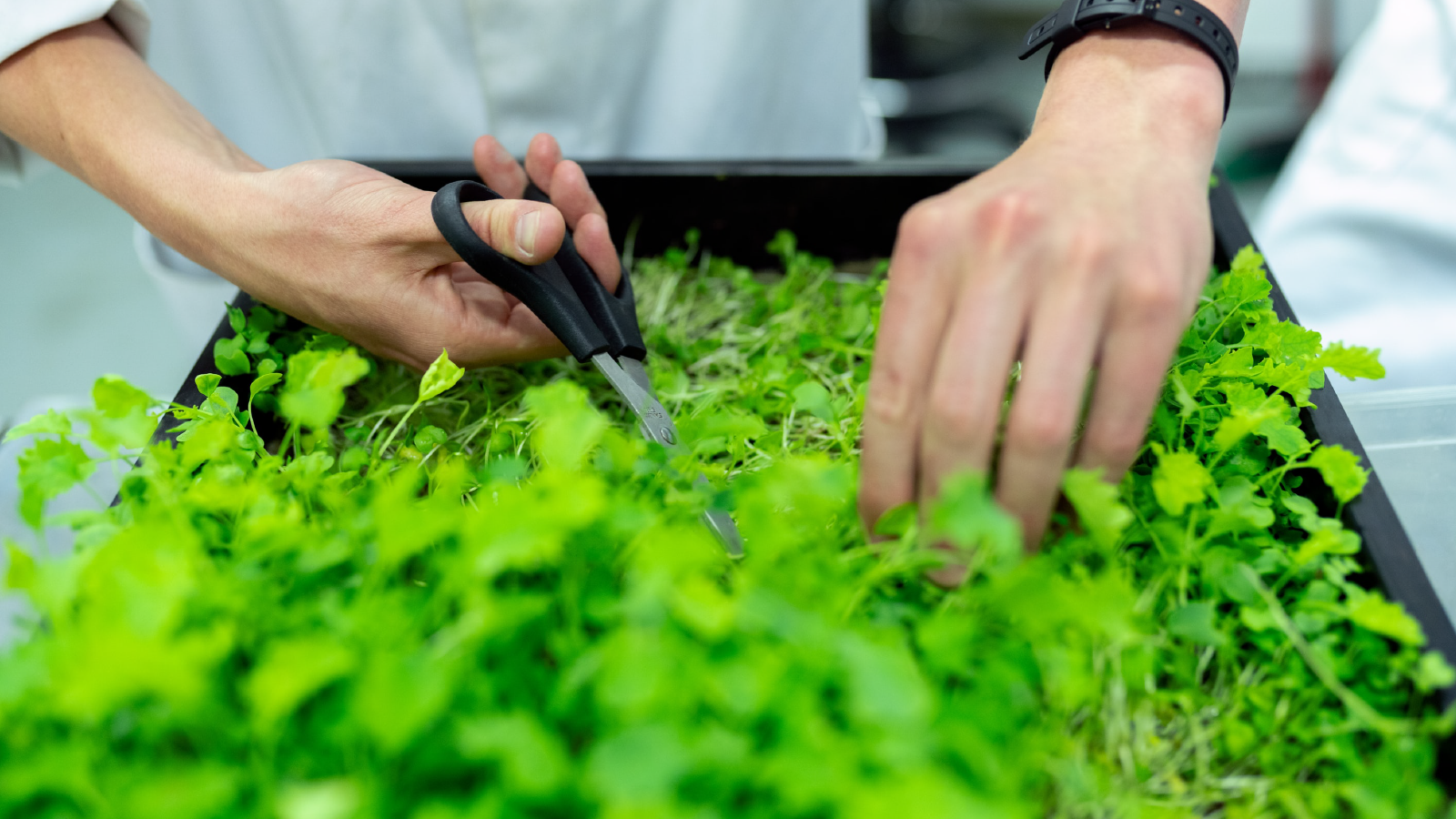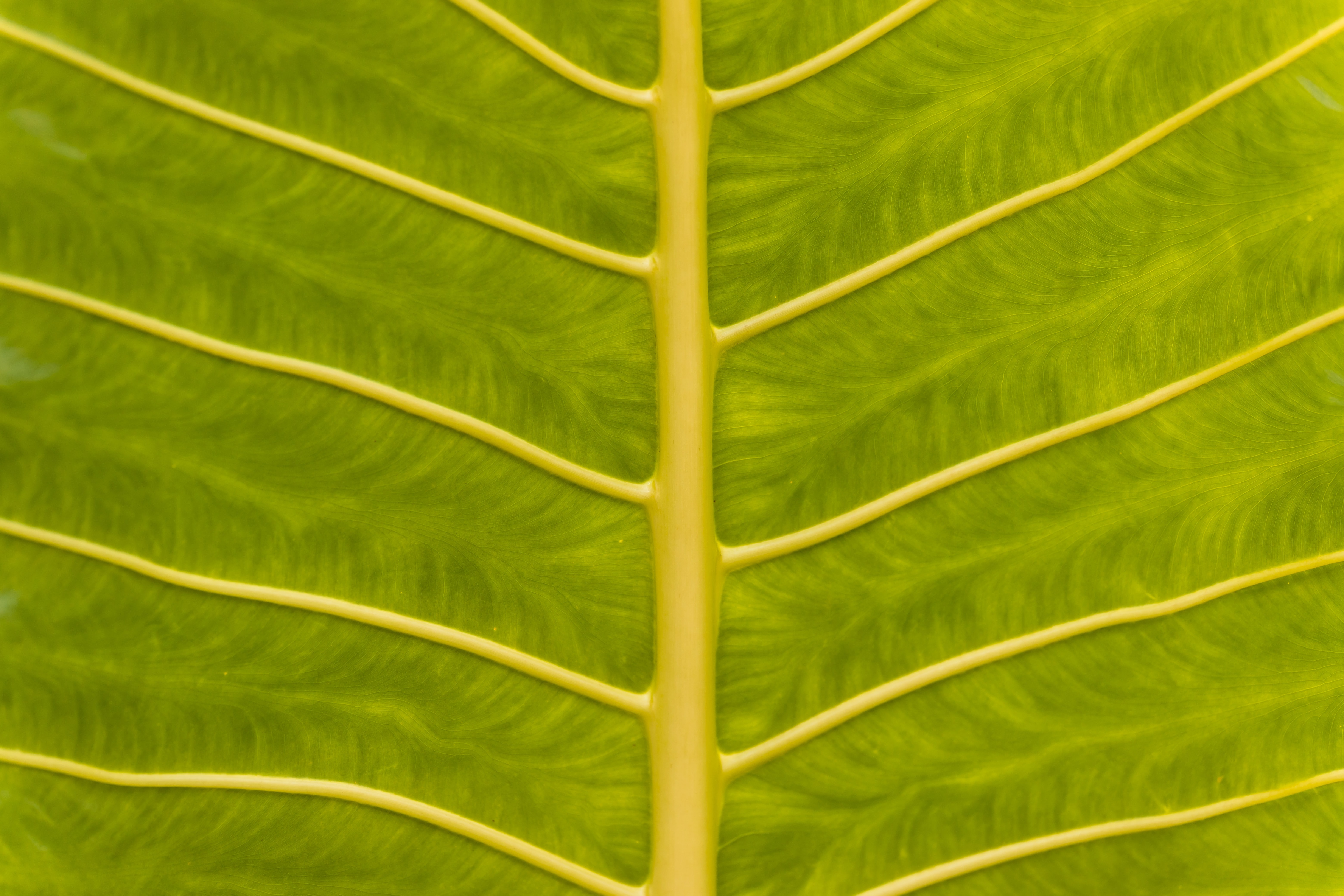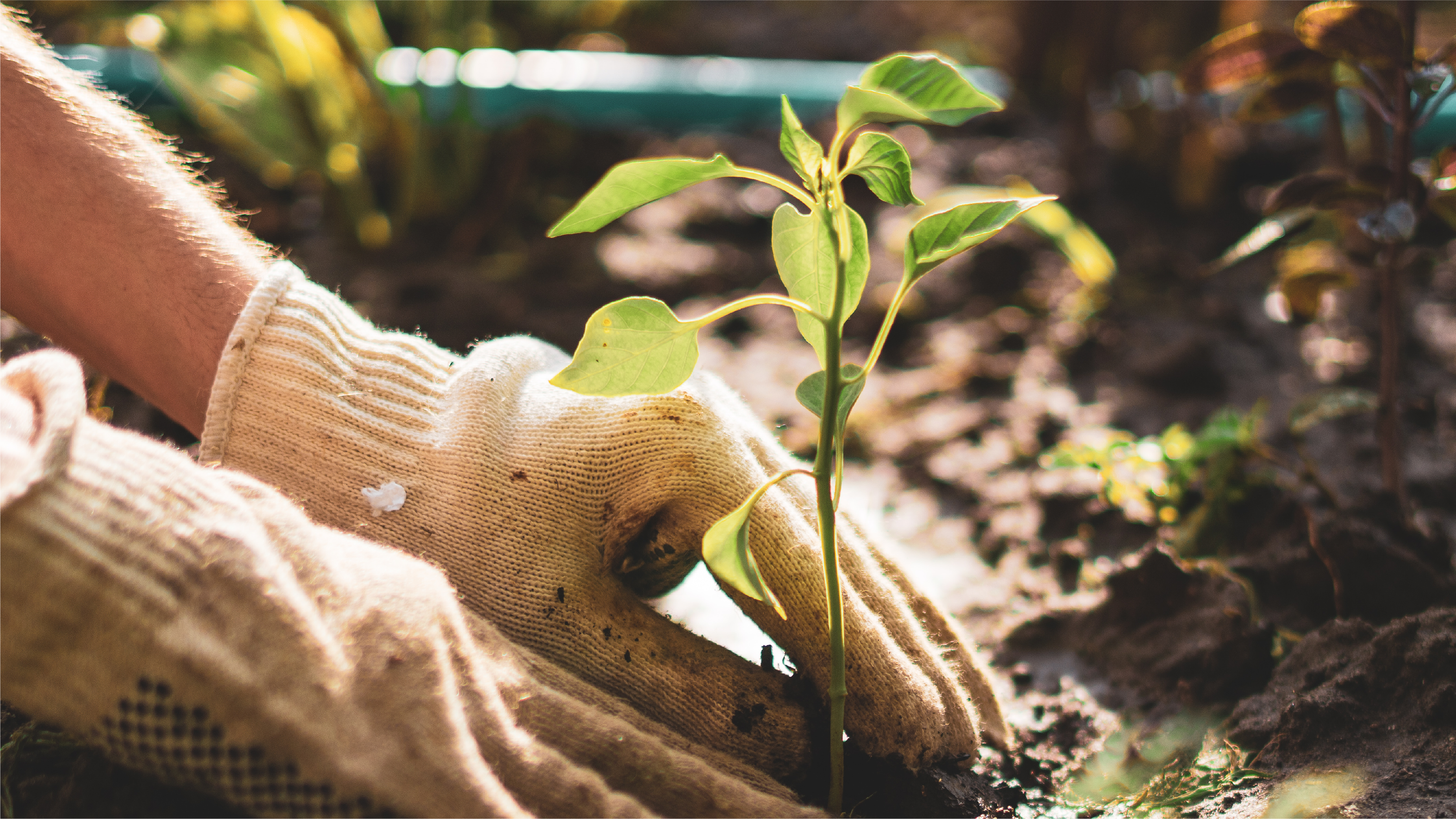You can grow green fingers too
Level up your home garden and make others go green with envy. Get curated tips, tricks and expert advice on taking care of your own edible garden in Singapore’s climate. With our tips, home-gardening can be a breeze.
Harvesting leafy vegetables – cut the stem or pick the leaves?
The methods of harvest depend largely on the type of leafy vegetables, and the amount of space you are working with.
- Plants like kale are slow-growing and hence benefit from just harvesting the leaves to allow the plant to continue growing.
- Fast-growing plants like Chinese spinach and kang kong can be harvested as a whole, because it doesn't take too long to grow a new batch.
- Herbs are typically trimmed from the top because they sprout new growth below the cutting.
Additionally, if the growing area is small, it might be better to harvest more aggressively so that the plants and roots do not grow too large and cause overcrowding.
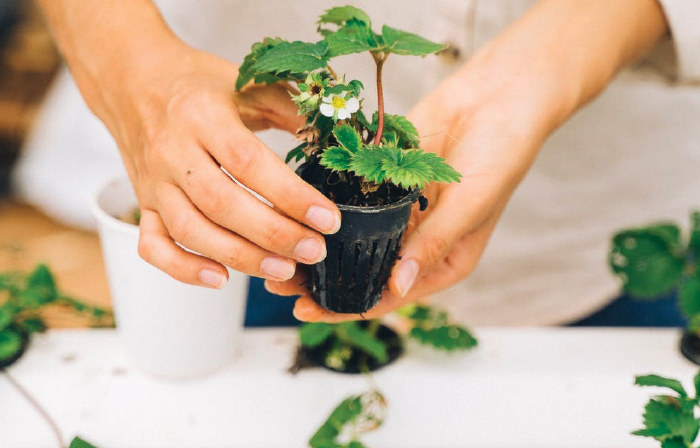
Managing Your Growing Medium (Sponge)
The size of a growing medium, e.g. sponge, soil, or other media, should correspond to the root capacity of the plant. In general, the bigger the root zone of the plant, the bigger the medium should be. Therefore, it is better to start with a bigger sponge and keep to the same medium throughout.
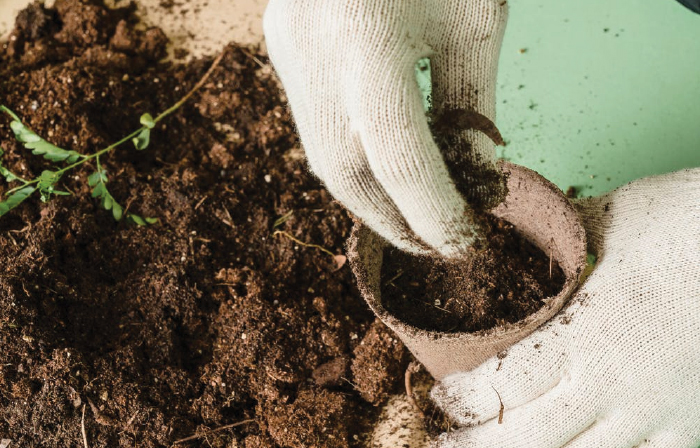
Different Plants Require Different Mixes of Soil
- Typically, leafy vegetables prefer rich and loamy soil that contains more nutrients and holds water.
- Plants that are used to drier conditions, like rosemary and succulents, prefer sandy soil that drains quickly.
- It is always best to read more about the specific plants to adopt the right conditions for them.
Used or New?
This is a matter of personal preference, though some people are worried about possible pests or diseases in used soil from previous batches.
Nonetheless, it is always necessary to ensure the renewal of nutrients in soil. Be it new or reused soil, it is more important to check that the planting medium has enough nutrients. This can be done by adding compost, or broken-down fruit scraps, to ensure a healthy soil system.
Preparing for wheatgrass and pea sprout growth in soil
- Soak the seeds for 6 hours at minimum.
- Spread the seeds on the soil (do remember the compost) and cover the pot with a damp cloth to retain moisture.
- Keep it away from the sun to prevent overexposure.
Load More

